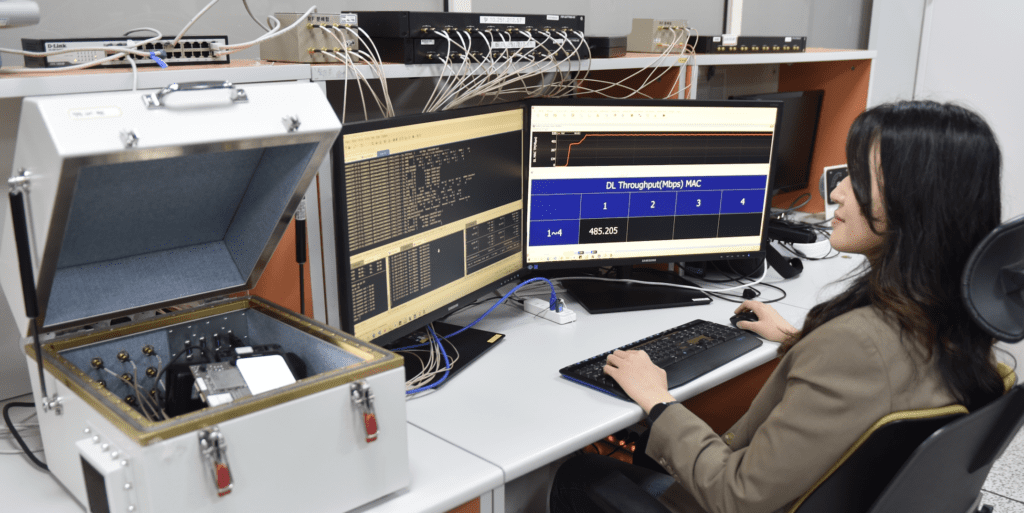Qualcomm, Samsung achieve 1024 QAM in FDD and TDD bands

Use of advanced modulation is a first for FDD, partners say
Samsung Networks and Qualcomm have used advanced modulation as defined in 3GPP Release 17 to boost downlink speeds by about 20% compared to the use of 256 QAM.
The lab test, conducts at Samsung’s research and development lab in Korea, represents an industry first for the use of 1024 QAM in an FDD band (2.1 GHz) and for 1024 QAM in both FDD and TDD (3.5 GHz) spectrum, according to the partners.
Samsung noted that 256 QAM is in widespread commercial use in mobile networks already, to transmit data more efficiently; 1024 QAM offers the promise of allowing operators to squeeze even more performance and capacity out of their spectrum resources. The test relied on 20 megahertz of spectrum and reached downlink speeds of 485 Mbps, which the companies noted is near the theoretical gain of 2,024 QAM.
The tests relied on Samsung’s 5G virtualized RAN software and radios, plus a smartphone test device from Qualcomm that contained the Snapdragon X75 5G modem-RF system.
Samsung said that it is testing 1024 QAM in traditional RAN scenarios as well, with the technology expected to be commercially available this year.
“We believe enhancing spectral efficiency is essential in developing next-generation solutions. This achievement underscores Samsung’s ongoing commitment to push forward the frontiers of mobile technology,” said Ji-Yun Seol, VP and head of product strategy for the Networks Business at Samsung Electronics. “Our collaborative efforts with Qualcomm Technologies have once again yielded impressive results, and we look forward to harnessing our combined expertise to drive network innovation.”

Comments are closed.